This article was co-authored by Carlotta Butler, RN, MPH and by wikiHow staff writer, Hannah Madden. Carlotta Butler is a Registered Nurse in Arizona. Carlotta is a member of the American Medical Writers Association. She received her Masters of Public Health from the Northern Illinois University in 2004 and her Masters in Nursing from the University of St. Francis in 2017.
There are 16 references cited in this article, which can be found at the bottom of the page.
This article has been viewed 72,248 times.
While getting tested for sexually transmitted diseases (STDs) or sexually transmitted infections (STIs) may make you feel embarrassed, it's very important for your sexual health and wellbeing. If you are having symptoms of an STD or STI, you can use a test kit to get results in the privacy of your own home. Remember that home test kits have a higher false-positive result rating than the ones at your doctor’s office, so it’s good to double-check your results. See your doctor if you test positive for an STD, if you have symptoms but you tested negative, or you need treatment for an STD or STI.
Steps
Doing a Urine Test
-
1Buy an at-home, FDA-approved STD test kit. There are a growing number of at-home STD tests available that allow you to gather a sample from yourself and send it to the lab. At-home STD tests are available for many common STDs such as gonorrhea, chlamydia, and HIV. You can order a test for a specific STD or order a test that checks for multiple STDs at one time.[1]
- If you live in California, Idaho, Minnesota, or Washington state, you can get a confidential online STI test kit that allows you to test yourself and send your results to one of the Planned Parenthood labs. The kit comes with good instructions and a pre-paid envelope.[2]
- Purchase the myLAB Box for HIV, gonorrhea, chlamydia, trichomoniasis, and other genital issues. You can order a specific test for 1 STD or a combo pack, which tests for multiple types of STDs. For users that test positive, myLAB Box will set up a complimentary telemedicine appointment with a local doctor for a prescription.[3]
-
2Fill the container with urine and seal it up. If your lab kit requires urine, it will have a small plastic cup with a lid on it. Open up the plastic cup and fill it up to the fill line with urine, being careful not to spill any. Seal up the container right away to avoid any leaks.[4]
- If your lab kit has any instructions on waiting until a certain time of day to take your sample, make sure you follow that timeline.
Advertisement -
3Mail your urine sample to a lab for analysis. Package up the urine sample in the box that is provided and send it back to the lab that you got the kit from. Depending on the company, you will either get your results in an email or by mail.[5]
- The sooner you send out your sample, the more accurate your results will be.
-
4Interpret your results based on the instructions in your test kit. If you get your results in the mail or by email, they will most likely tell you if you are positive or negative for each STD that you tested for. Be sure to contact your doctor if you have any questions.[6]
Warning: At-home test kits have a higher false-positive rate than ones from your healthcare provider, so if you are still experiencing symptoms with a negative result, you should get tested again at your doctor’s office.[7]
Using a Blood Sample
-
1Buy an FDA-approved blood sample kit. Although blood kits aren’t as common for at-home STD tests, you can still find ones available that will let you send in your own blood sample. Look for ones with “FDA-approved” on the label to make sure they are testing with accurate scientific practices.[8]
- The myLAB box comes with the option of a blood, urine, or saliva test, so you can choose whichever one you feel comfortable with.[9]
-
2Wash your hands and clean your finger with an alcohol swab. Use hand soap to make sure your hands are entirely clean before you start your test. Clean off the finger that you plan to prick with the provided alcohol swab that came in your lab kit.[10]
- If your finger isn’t sterile, it could skew the results of your STD test.
-
3Prick your finger with the lancet, then drip blood into the provided container. Squeeze your finger gently to get more blood to come out. Fill up the container with as much blood as the lab kit specifies so that they have enough to test.[11]
- Only use 1 finger to give the sample so you don’t skew the results.
-
4Seal the sample and mail it back to the lab. Make sure the container is secure and that the box you ship it in is packed tightly. Wait for your results to come back by email or in the mail.[12]
Tip: Try to mail your sample as soon as possible so your test can be run right away.
-
5Read your results with the help of the professionals from the lab. Depending on what company you ordered your kit from, you may get your results with a clearly spelled out positive or negative diagnosis of each STD. If you have any questions, call the number on the test kit to speak with a professional or talk to your doctor.[13]
Doing a Saliva Swab
-
1Purchase an FDA-approved saliva test kit. There are a few FDA-approved saliva test kits on the market. Make sure the label on the box says “FDA-approved” so you know the labs are testing with scientifically accurate information.[14]
-
2Rinse out your mouth with water before you do the test. Make sure you don’t have any leftover food particles inside your mouth before you do your test. Don’t use toothpaste or mouthwash, or it could skew the results.
- If something other than saliva gets into the sample, it could come out inconclusive.
-
3Swab the inside of your cheek with the provided cotton swab. Make sure to collect a lot of your saliva on the cotton swab for more accurate results. Swipe along the inside of your cheek and over your gums.[17]
Tip: If your lab kit tells you where in your mouth to swab, follow its instructions for the most accurate results.
-
4Seal your sample and mail it back to the lab. Place the cotton swab into the sealed container that’s provided with the lab kit. Make sure your package is sealed securely and then send it back to the lab to wait for your results.[18]
- You may get your results by email or in the mail, depending on the company.
-
5Interpret your results based on the instructions in the kit. When you get your results, they will tell you whether you’ve tested positive or negative for the STDs you were checked for. If you have any questions, call the number provided on the kit or talk to your doctor.[19]
Looking for Symptoms of Common STDs
-
1Check for symptoms of chlamydia. A common STD is chlamydia, which involves a bacterial infection of the genital tract. In the early stages, you may not notice any symptoms. After 1 to 2 weeks, you may experience some of the following symptoms:[20]
- Pain during urination.
- Pain in your lower abdomen.
- Vaginal discharge.
- Discharge from the penis.
- Pain experienced during vaginal intercourse.
- Bleeding between your periods.
- Pain in your testicles.
Did You Know? Chlamydia is the most common STI reported in America.[21]
-
2Look for any symptoms of gonorrhea. Gonorrhea is a bacterial infection that affects your anus, throat, mouth, or eyes. Although symptoms may appear after 10 days of exposure, it is also possible to be infected for months before any symptoms emerge. Symptoms of gonorrhea include:[22]
- Thick, bloody, or murky discharge from your genitals.
- Pain during urination.
- Bleeding between periods or heavy menstrual bleeding.
- Painful or swollen testicles.
- Painful bowel movements.
- An irritated anus.
-
3Look into symptoms of trichomoniasis. This small, one-celled parasite can be spread during sexual intercourse. It can infect either the vagina or the urinary tract, depending on your genitalia. After anywhere from 5 to 28 days of being exposed, you may experience any of the following symptoms:[23]
- A vaginal discharge that looks clear, white, yellowish or greenish in color.
- Discharge from your penis.
- A very strong odor from your vagina.
- Some itching or irritation of your vagina.
- Any kind of pain during intercourse.
- Painful urination.
-
4See if you have any symptoms of HIV infection. Symptoms will sometimes emerge after 2 to 6 weeks and may feel a bit like the common flu, so the only way to know for sure is to get tested. You may have HIV if you are experiencing:[24]
- A fever.
- Headaches.
- A sore throat.
- Swollen lymph glands.
- Rashes.
- Feelings of fatigue.
- More severe symptoms include diarrhea, weight loss, fever, coughing, and swollen lymph nodes.
- Persistent fatigue, night sweats, chills, chronic diarrhea, lots of headaches, and strange infections (if you have late-stage HIV).
When to Seek Medical Care
-
1See your doctor if your test results are positive. Your doctor will do another STD test to confirm your positive results. They'll take a sterile sample to make sure it's properly tested. After the test, discuss your results with your doctor.[25]
- You may be able to get free STD testing at your local health clinic or Planned Parenthood. If you have insurance, it may cover your STD test.[26]
Tip: Home STD tests can produce false positives, so you may not have an STD. However, you need to see your doctor to be sure.
-
2Get medical treatment from your doctor if you have an STD. If your results are positive, you'll need to treat your infection. Many STDs are completely curable, but diseases like HIV and herpes will need lifelong management. Talk to your doctor about the treatment you need, then take your medication as directed.[27]
- You'll likely receive an oral medication, but you might also receive a cream.
- If you have questions about your treatment, talk to your doctor.
- Try not to panic if you have an STD. Treatment will help you recover or live a normal life.
-
3Talk to your doctor if you have STD symptoms but test negative. Sometimes an STD test can produce a false-negative result, so it's best to see your doctor if you're having symptoms. They'll do a different STD test under sterile circumstances to find out if you have an STD. This will help you get a more definitive result.[28]
- Tell your doctor that you're concerned that you have an STD. Even if your results come back negative, you may have a different medical condition.
-
4Do an STD test annually if you're having sex with multiple partners. If you're at risk for STDs, it's best to get tested often. At a minimum, take an STD test at least once a year to make sure you're healthy. If you notice symptoms, get tested sooner.[29]
- You should also get tested regularly if you're sharing needles.
References
- ↑ http://www.mayoclinic.org/diseases-conditions/sexually-transmitted-diseases-stds/in-depth/std-testing/art-20046019?pg=2
- ↑ https://www.plannedparenthood.org/about-us/newsroom/press-releases/planned-parenthoods-new-mobile-app-brings-confidential-and-convenient-std-testing-and-treatment-to-your-doorstep
- ↑ https://www.mylabbox.com/how-at-home-std-tests-work/
- ↑ https://medlineplus.gov/lab-tests/chlamydia-test/
- ↑ https://medlineplus.gov/lab-tests/chlamydia-test/
- ↑ https://www.fda.gov/medical-devices/home-use-tests/how-you-can-get-best-results-home-use-tests
- ↑ https://www.allaboutwomenmd.com/knowledge-center/std-testing-for-women.html
- ↑ http://www.mayoclinic.org/diseases-conditions/sexually-transmitted-diseases-stds/in-depth/std-testing/art-20046019?pg=2
- ↑ https://www.mylabbox.com/how-at-home-std-tests-work/
- ↑ https://medlineplus.gov/lab-tests/hiv-screening-test/
- ↑ https://medlineplus.gov/lab-tests/hiv-screening-test/
- ↑ https://www.sexwise.org.uk/blog/what-its-take-home-sti-test
- ↑ https://www.fda.gov/medical-devices/home-use-tests/how-you-can-get-best-results-home-use-tests
- ↑ https://www.fda.gov/medical-devices/home-use-tests/how-you-can-get-best-results-home-use-tests
- ↑ https://www.fda.gov/consumers/consumer-updates/first-rapid-home-use-hiv-kit-approved-self-testing
- ↑ https://www.mylabbox.com/how-at-home-std-tests-work/
- ↑ https://medlineplus.gov/lab-tests/hiv-screening-test/
- ↑ https://medlineplus.gov/lab-tests/hiv-screening-test/
- ↑ https://www.fda.gov/medical-devices/home-use-tests/how-you-can-get-best-results-home-use-tests
- ↑ https://www.nhs.uk/conditions/chlamydia/symptoms/
- ↑ https://medlineplus.gov/lab-tests/chlamydia-test/
- ↑ https://www.cdc.gov/std/gonorrhea/stdfact-gonorrhea.htm
- ↑ https://www.plannedparenthood.org/learn/stds-hiv-safer-sex/trichomoniasis/what-are-symptoms-trichomoniasis
- ↑ http://www.mayoclinic.org/diseases-conditions/sexually-transmitted-diseases-stds/in-depth/std-symptoms/art-20047081
- ↑ https://www.mayoclinic.org/diseases-conditions/sexually-transmitted-diseases-stds/in-depth/std-testing/art-20046019
- ↑ https://www.plannedparenthood.org/learn/stds-hiv-safer-sex/get-tested/where-can-i-get-tested-stds
- ↑ https://www.mayoclinic.org/diseases-conditions/sexually-transmitted-diseases-stds/in-depth/std-testing/art-20046019
- ↑ https://kidshealth.org/en/teens/std-testing.html
- ↑ https://www.plannedparenthood.org/learn/stds-hiv-safer-sex/get-tested/where-can-i-get-tested-stds
- ↑ https://www.fda.gov/medical-devices/home-use-tests/how-you-can-get-best-results-home-use-tests
About This Article
If you want to test for STDs at home, purchase an at home test kit online from organizations like Planned Parenthood or STD Check. Once you receive the kit, follow the instructions exactly to provide your sample to be sent to the lab, which may involve you giving a urine sample. Then, send the sample off as soon as possible for testing. If you test positive, get tested by your doctor to confirm the result, since home testing kits are not as accurate as a test done by a medical professional. Even if your test comes back negative, see your doctor if you're experiencing STD symptoms, like pain in your genitals, swelling, or discharge from your genitals. For tips from our Medical co-author on how to tell if you’re at risk of getting a sexually transmitted disease, keep reading!
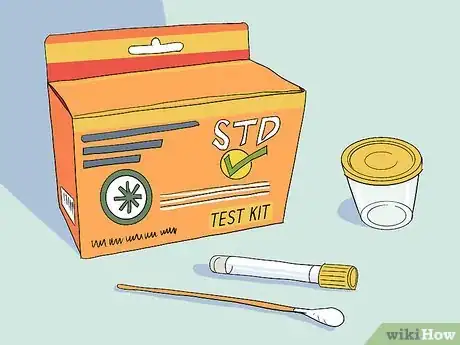
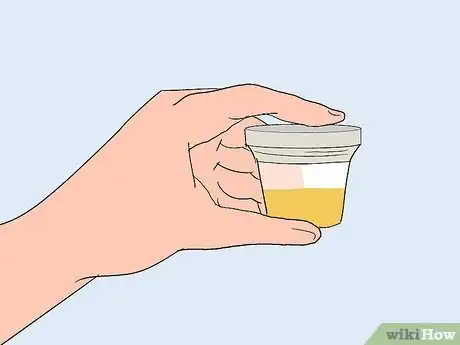
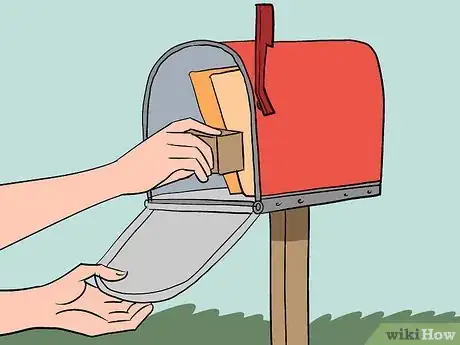
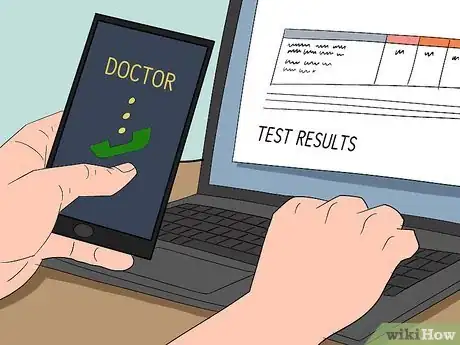
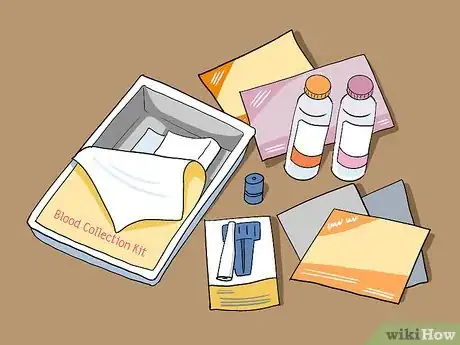
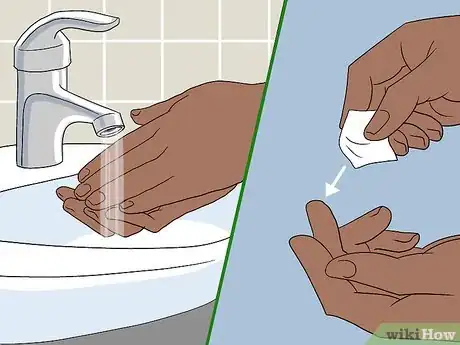
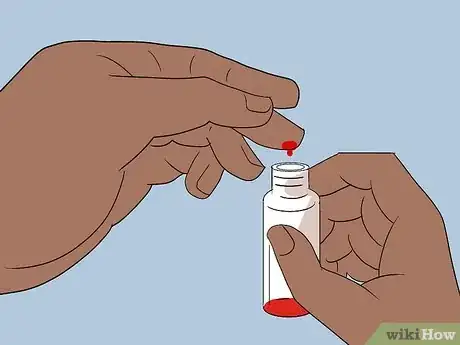
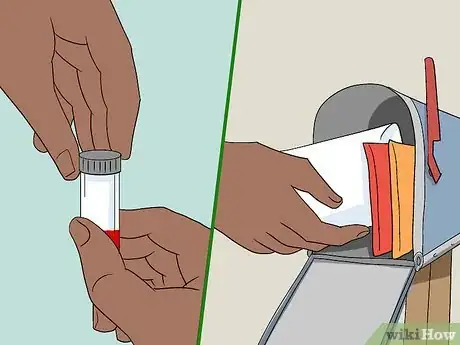
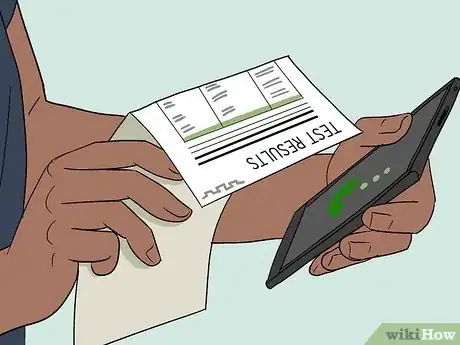
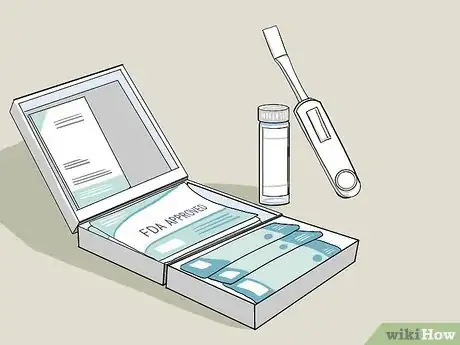
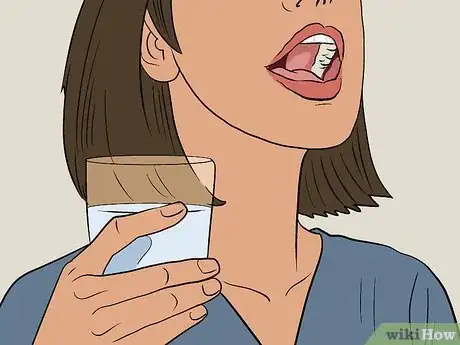
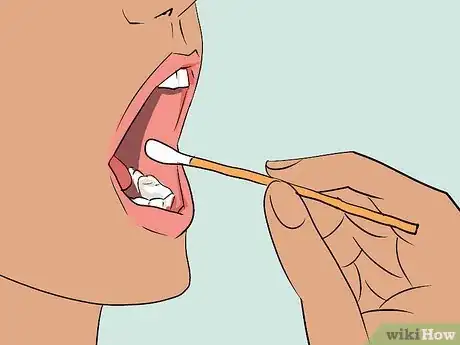
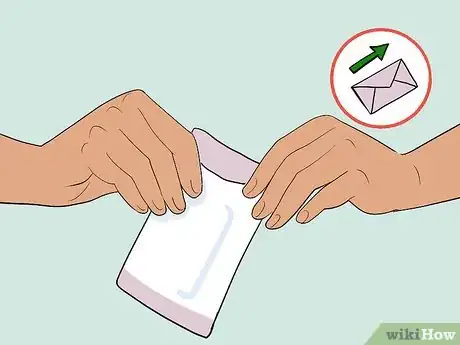
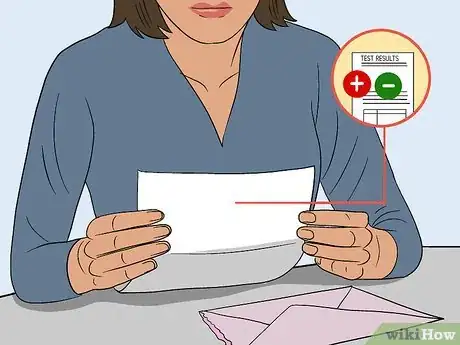
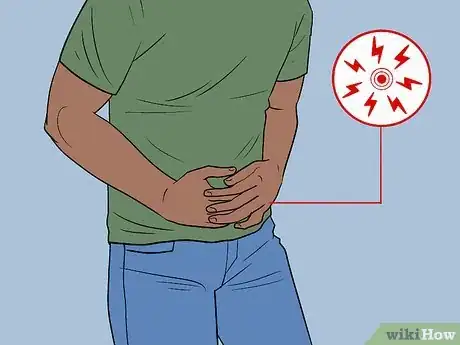
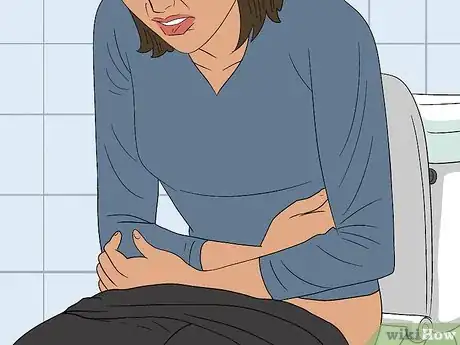
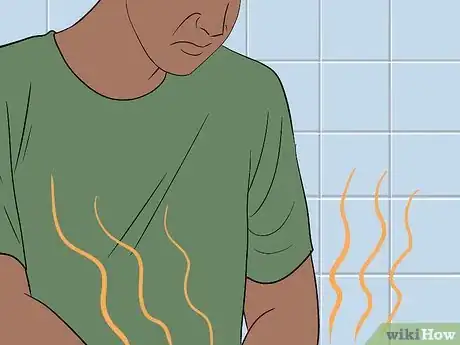
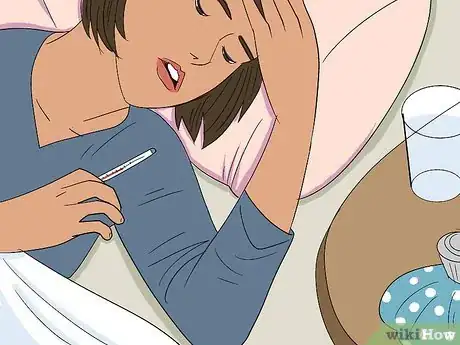
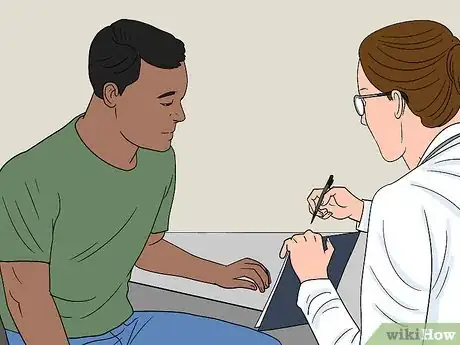
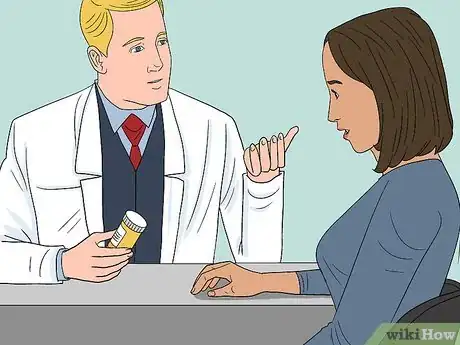
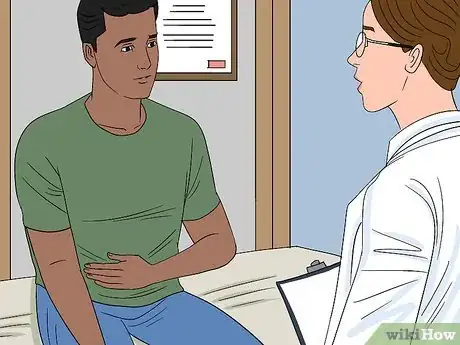
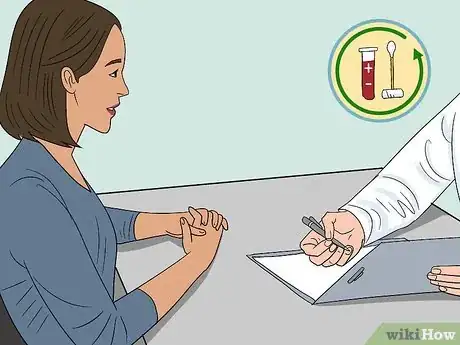
-Step-17.webp)
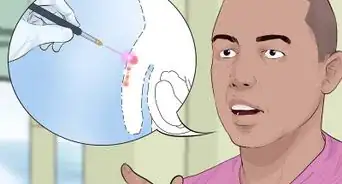
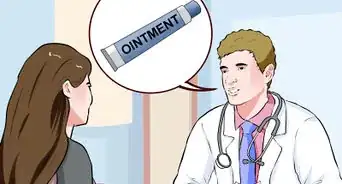
-Step-11-Version-2.webp)
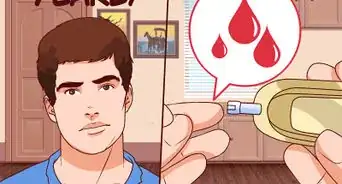
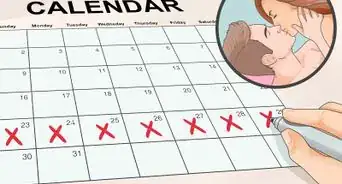
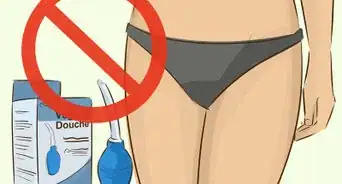
-Step-10.webp)
-Step-13.webp)
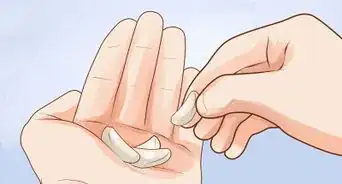
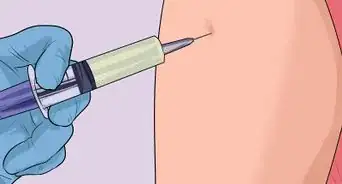
-Step-9.webp)
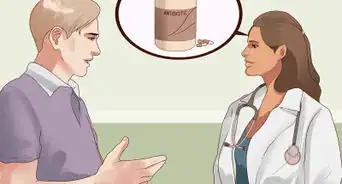
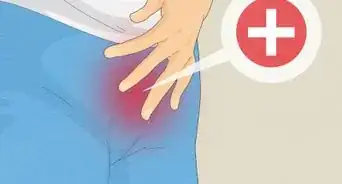







-Step-17.webp)
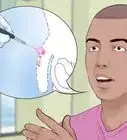
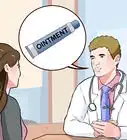
-Step-11-Version-2.webp)



































Medical Disclaimer
The content of this article is not intended to be a substitute for professional medical advice, examination, diagnosis, or treatment. You should always contact your doctor or other qualified healthcare professional before starting, changing, or stopping any kind of health treatment.
Read More...